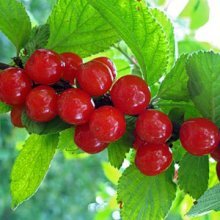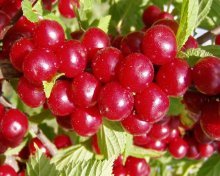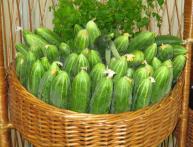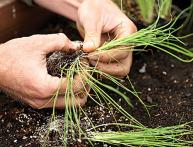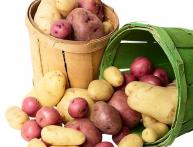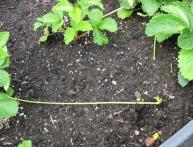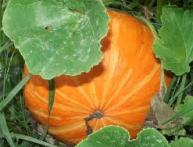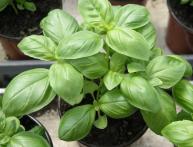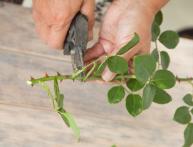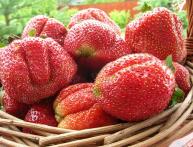The main methods of propagation of felt cherries
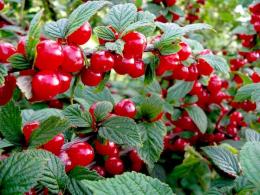
The birthplace of felt cherries is considered to be China, Mongolia and Korea. In some villages it is called Chinese cherry. Belongs to the species of shrubs of the genus Plum. It has oval-shaped corrugated leaves of a dark green color, with a sharp end and a pubescent bottom that resembles felt in appearance. Due to this, it got its name - felt cherry. It blooms in late spring and has very beautiful small flowers in shades of white and pink. It bears fruit in small, hard cherries (up to 1.5 cm in diameter), oval in shape and covered with fluff. A good harvest can be harvested from it already in the third year of life, and continues to bear fruit abundantly for 15-20 years. Fruits in mid-summer.
The peak of popularity in Europe and North America is considered to be the mid-20th century. And since then he has not left to take his place of honor among the “residents” of the garden. It reproduces in 3 ways: seeds, layering and cuttings.
Content:
Propagation by seeds
Felt cherry pitting is the most basic method of propagation. The result of which is 87%, that is, from 10 seeds, 8 will definitely sprout. Sowing of which is carried out in mid-autumn - October. For this bones After the bush bears fruit, it is collected, washed and dried. But not in the sun. And in the last month of summer, it is mixed with sand and stored until October in a cool place. Then, in a designated area where the future cherry tree should “live” permanently, the soil is cultivated and shallow grooves up to 6 centimeters are made. The seeds are sown, sprinkled with a little sand or sawdust and covered with ordinary garden soil. After the snow has melted, you can already see the shoots, which in the fall will grow up to half a meter.
Propagation by cuttings
The method of propagation by cuttings is used only for the most fruitful and large-fruited felt cherries. Cuttings are taken from shoots 10-15 cm long of the second or third orders of branching in the current year. They are harvested with part of last year's wood up to 2 cm. These cuttings are treated with a growth regulator early in the morning and connected into bundles. After they have been soaked in the growth regulator for 12 hours, they can be planted. Planted in a pre-made substrate according to the scheme 8 - 10x5. Then they deepen the segment into the ground: 2 cm of lignified cuttings and 1 cm of green cuttings. Then the substrate is covered with plastic film, the edges of which are covered with earth. To prevent them from getting too much sun on sunny days, they are covered with gauze, and sometimes with a double layer. Due to this, moisture constantly circulates there. If it is very hot, then water only around the cuttings.
Reproduction by layering
In order to make a “clone” of the mother plant, horizontal layering is often used. After winter, after the snow has melted from the ground, all the stems of the felt cherry bush are cut out, leaving only one. During the current year, new strong cherry stems will grow in the bush. The next year they are placed in a groove up to 15 centimeters deep and pinned. Vertical shoots begin to grow from them, which are constantly sprinkled with fresh soil. They take root in the ground.In autumn they can already be called a “clone” of the mother plant.
Little advice

Also, the main thing in planting felt cherries is the place. She loves hills or flat places. Near a fence or building, where the climate is warm and snow accumulates. It also loves light sandy and loamy soil, which is easily warmed by the sun. Under no circumstances should it be planted in areas where there is a swamp or where the water does not dry out for a long time.



